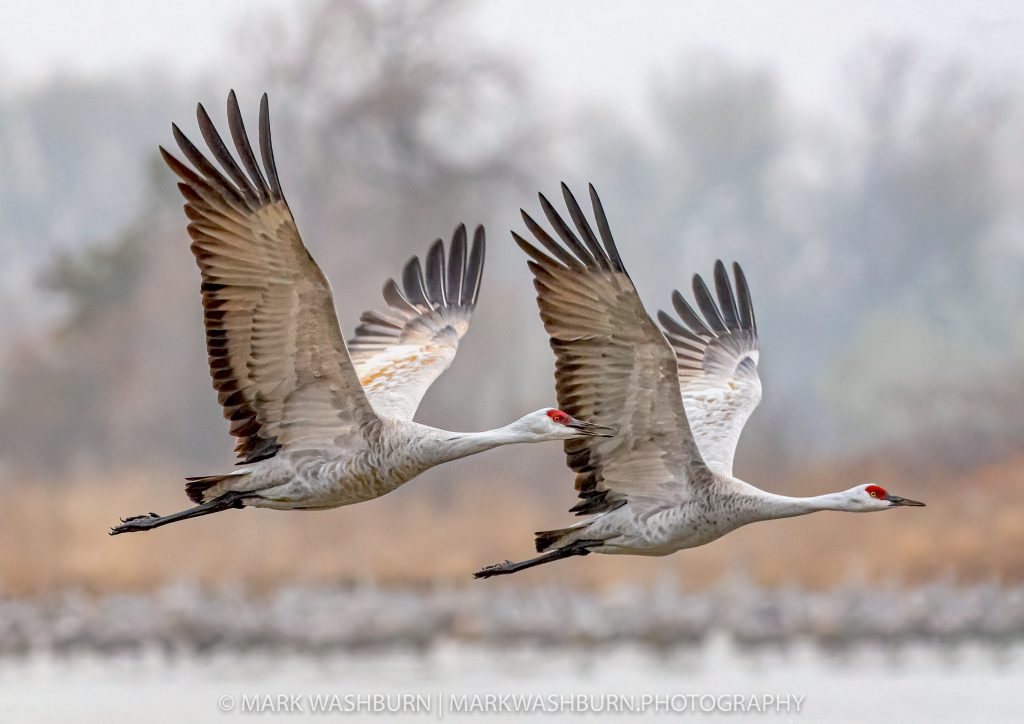
Migrations will always be fascinating to me. We are surrounded by migrators…from butterflies and hummingbirds to cranes and bald eagles, there are so many creatures that call one place home for nesting and another for wintering. And for some it’s a long, long way between the two. For example, out of the various crane species in the world, Lesser Sandhill Cranes have the longest migration, flying between their breeding and wintering grounds as far as northeastern Siberia and northern Mexico each year. But that pales in comparison to some other birds.
Last month, scientists tracked a Bar Tailed Godwit, a small shorebird, some 7,500 miles over the Pacific as it traveled from Alaska to New Zealand. A very tiny satellite transmitter attached to the bird showed that it never stopped. With a max speed of 55 mph, helped by a bit of a tailwind, it made the trek in 11 days. Unbelievable!
But there’s another bird that goes much farther than this.
The Arctic Tern holds the world record for the longest bird migration in the books. It nests north of the Arctic circle in summer, and flies south to the Antarctic for the northern winter and back again, a round trip of approximately 50,000 miles. For them, it’s all about the food and the habitat…they spend their “second summer” and long daylight hours feeding up on fish and crustaceans.